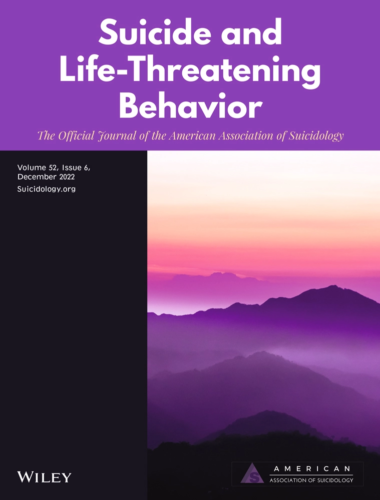An APPC analysis shows an uptick in news stories supporting the myth that the suicide rate increases during the holiday season.
Suicide

What’s Behind the Holiday-Suicide Myth
For more than two decades, APPC has tracked how news stories erroneously linking the holiday season with suicide, despite national data showing that the suicide rate is largely seasonal & lower in winter.

Women of Childbearing Age More Doubtful About Safety of Flu, Covid-19 Vaccines During Pregnancy
The policy center's spring 2023 ASAPH report finds that women of childbearing age are more likely than other adults to doubt the safety of vaccination against Covid-19 and flu during pregnancy.

Seasonal Changes in Adolescent Suicide Explain Controversial ’13 Reasons Why’ Findings
An analysis of weekly suicide data finds that seasonal fluctuations can explain controversial findings that the adolescent suicide rate increased with release of “13 Reasons Why."

The Undying Holiday-Suicide Myth
The false claim that the suicide rate rises during the year-end holiday season persisted in some news coverage through the 2021-22 holidays, according to data analyzed by APPC.

The Suicide Rate Declined in 2020. So Did News Coverage of a Holiday-Suicide Link
While the nation was in the grips of the Covid-19 pandemic during last year’s holiday season, not many in the media were focused on possible links between the holidays and suicide trends.

In a Holiday Season Unlike Any Other, Avoid Unfounded Claims About Suicide
The holiday season usually has the lowest suicide rates, but news accounts persist in supporting the holiday-suicide myth. While the COVID-19 pandemic has increased risk factors associated with suicide, media should be careful not to make unfounded claims about suicide trends.

Controversy Continues Over ‘13 Reasons Why’ and Adolescent Suicide
APPC stands by its reanalysis showing no clear effect on adolescent suicide from the first season of the Netflix series "13 Reasons Why."

